English Information
English News
Hyuga's Local Products
Hebesu
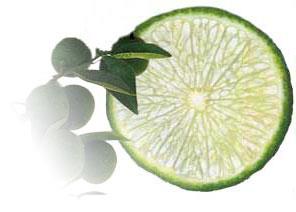
Hebesu is a type of small green citrus fruit only grown in the Hyuga area. Hebesu are noted for their thin skin and few seeds. This makes them easier to open and squeeze than most other citrus fruit. Hebesu juice is tart, but much mellower than that of a lemon or lime; with a hint of sweetness.
Hebesu is rich with Vitamin C. For many years it has been said that it's an excellent food to eat for health and beauty, good for recovering from exhaustion, and helps prevent high blood pressure and heart disease. Vitamin C promotes oxidation reduction in cells and at the same time regulates respiration. So Hebesu is an excellent natural food for improving the performance of your body's cells.
Hebesu has 8 of the 9 essential amino acids for synthesizing proteins and high amounts of a specific flavonoid which has anti-cancer properties. It is a great fruit for promoting health and fitness.
Ways to use in cooking
-Zest a Hebesu and it can become a seasoning for chilled tofu and thin noodles.
-Squeeze the juice in a hot-pot, or over sashimi or vinegared foods.
-Squeeze it into tea or drinking water for extra flavor.
-Chop it up finely, and use it in miso or clear soup.
-Use a little bit of the juice in pickled foods.
-Put round Hebesu slices in shochu.
-Soak a little in honey or sweet soy sauce.
-Beyond what was already mentioned, you can use it as a natural seasoning for any other foods you think it might suit. Why not try using Hebesu to discover new flavor combiations while cooking?
Go Stones made from clams.
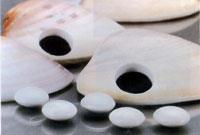
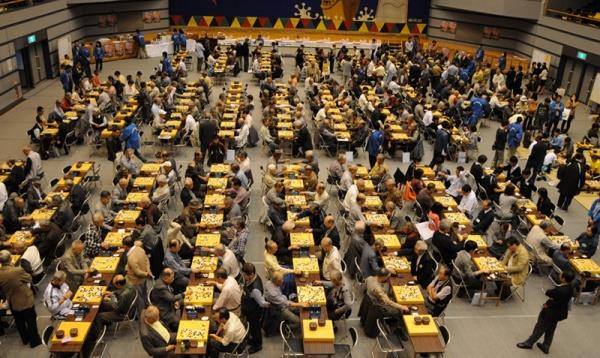
During the “Hyuga Clam Go Stone Festival", lovers of the Japanese game Go from all over Japan come to Hyuga to play matches while enjoying the feel of Go stones made from local clams and Go boards made from Japanese nutmeg trees.
At the last event, high ranking players from Go Clubs around Japan were invited for game commentary and multiple player competitions. This unique event held in the only clam Go stone producing city in Japan is slowly gaining fame.
Mimitsu Handmade Paper
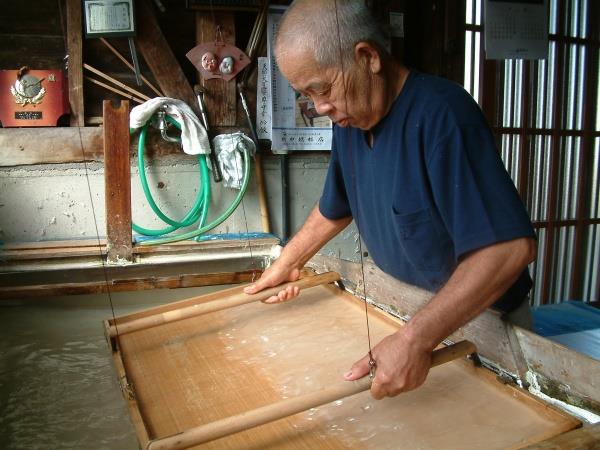
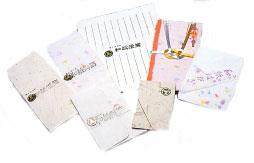
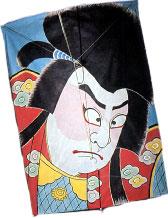
From the Edo period (the early 1600秒), when Hyuga was controlled by the Takanabe Domain, Mimitsu Paper was protected and promoted by the feudal lords. Blessed with Miyazaki`s warm climate, the mulberry trees and Mitsumata (also known as oriental paper bush) that are used for the paper are abundant in Mimitsu. Japanese paper making has become a representative industry of the area. Mr. Sasagi (pictured) carries this tradition on to the present day. His wife and daughter also support him and will serve as his successors. He has been highly praised for his work and was even given the Hyuga City Culture Award.
Sheet by sheet, the paper is painstakingly crafted. With its sturdiness and soft warmth that can come only from being handmade, Mimitsu paper has a wide range of uses both artistic and practical, beyond that of normal paper. The beautiful and calm waters of the Ishinami River provide the perfect conditions for the mulberry trees which grow along it. As long as this clear stream continues to flow, Mimitsu Paper will continue to be made.
Hyottoko Masks
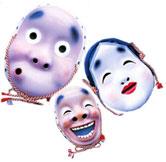
No two Hyottoko Masks are the same, and that`s part of the charm.
These masks liven up the Hyuga Hyottoko Summer Festival with their unique expressions. There are 18 different faces, representing characters from the Hyottoko legend including Okame (homely woman), Hyottoko (the fire man), and Kitsune (fox).
The drawing and finishing touches of each mask are done by hand, so every mask is unique.
Hyottoko Masks are made from stone powder, clay, and Mimitsu Paper. The lining is painstakingly made by layering and shaping many sheets of Mimitsu Paper.
The Hyottoko Dance can be performed by anyone, and is fun whether you do it alone or with a group. We hope that this dance becomes representative of not only Hyuga, but of Miyazaki Prefecture in general.
Ayu
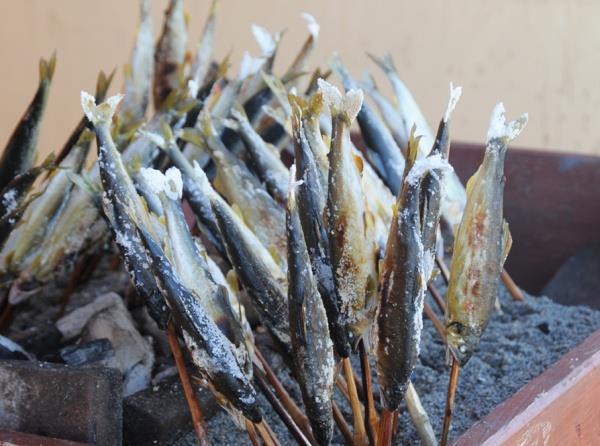
Ayu is a species of small fish which spawns in freshwater, but spends its adult life in coastal waters. It is also known as sweetfish due to its sweet meat. If you're in Hyuga, you should absolutely try dishes with fresh Ayu in them when you have the chance.
Ripe Kinkan (Kumquat)
Compared to processed kinkan, the ones in Hyuga are larger, sweeter, and can be enjoyed fresh off the tree. Only the best quality fruits are hand-picked to be matured in a greenhouse, and damaged or low quality kinkans are discarded.
Bokusui Soba (Juwari Soba, or soba made with 100% soba flour)
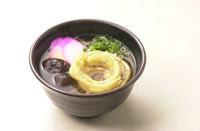
People come from all over Kyushu to try Bokusui Soba. The firm soba noodles are handmade with 100% soba flour harvested in the Togo area of Hyuga. Why not enjoy this unique, simmered, local Japanese soba?
Clam Dishes
There are several excellent foods made from Hyuga's clams, including clams with rice, clam sashimi, fried clams, and sake steamed clams. Local clams come from Isegahama beach.
| 担当課 | 総合政策部 地域コミュニティ課 |
|---|---|
| 所在地 | 〒883-8555 宮崎県日向市本町10番5号 |
| 電話番号 | 0982-66-1005 |
| FAX番号 | 0982-54-8747 |
| メールアドレス | kyoudou@hyugacity.jp |
